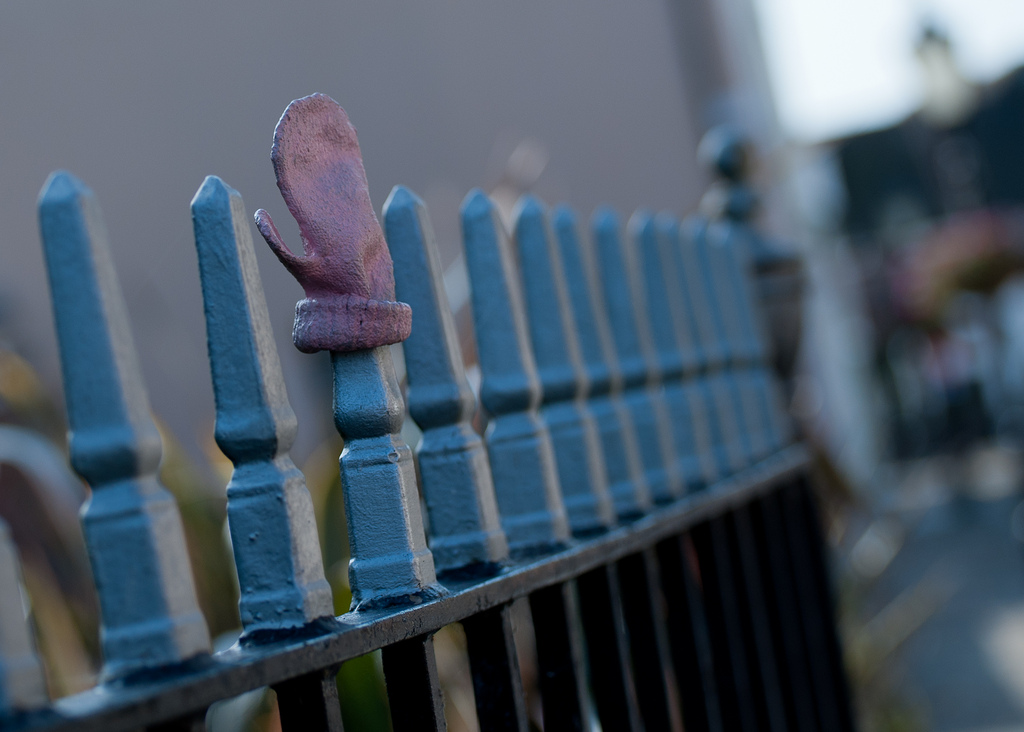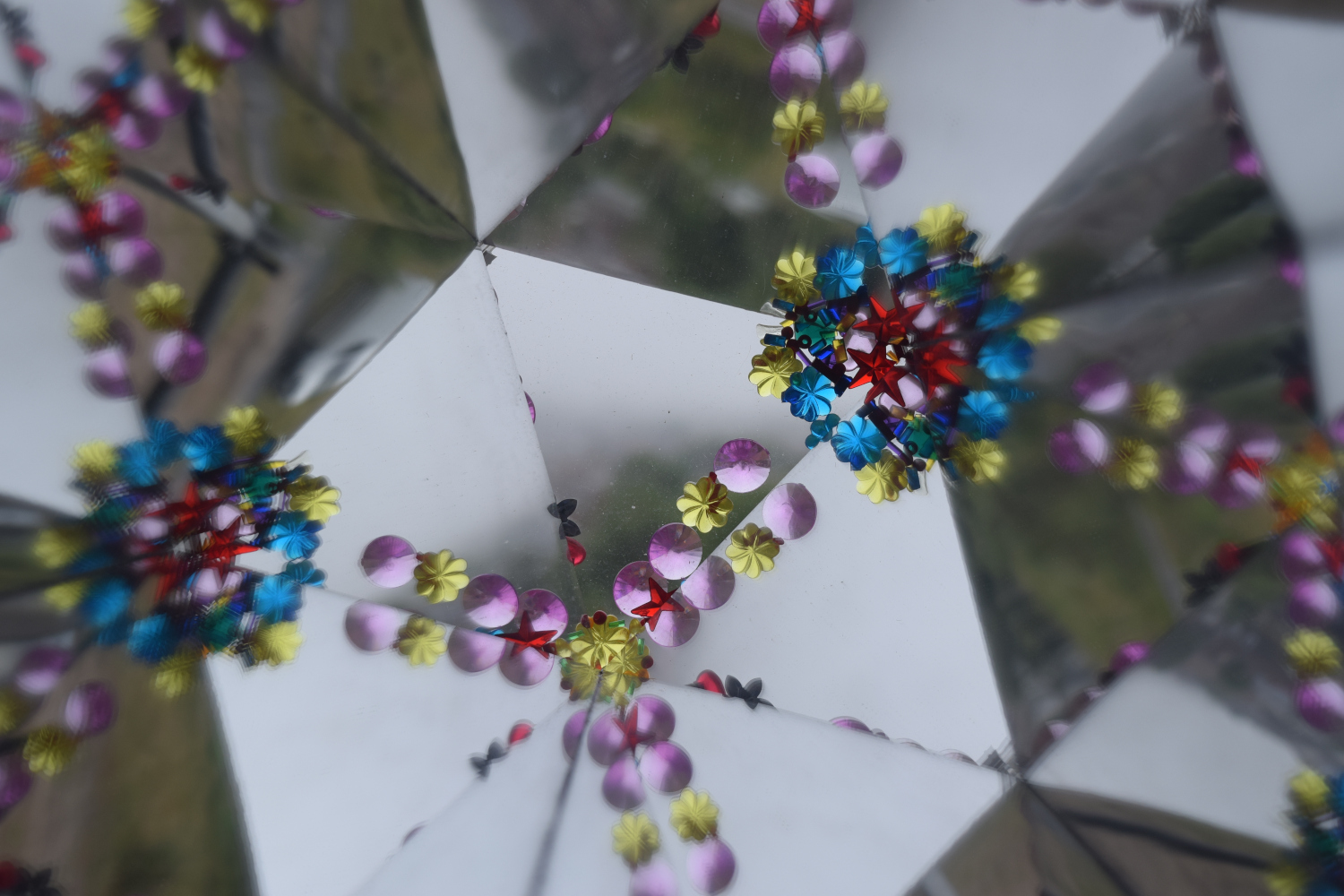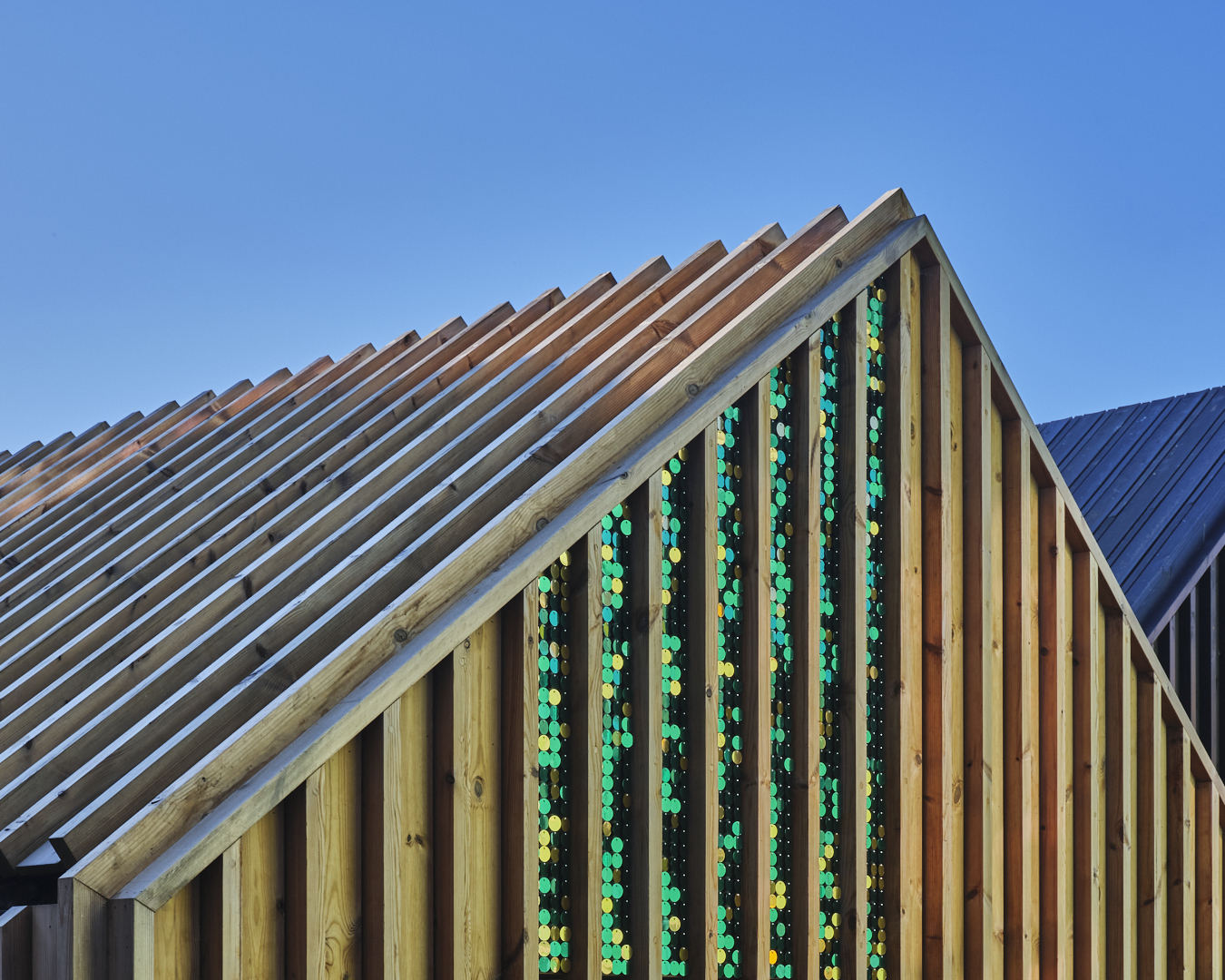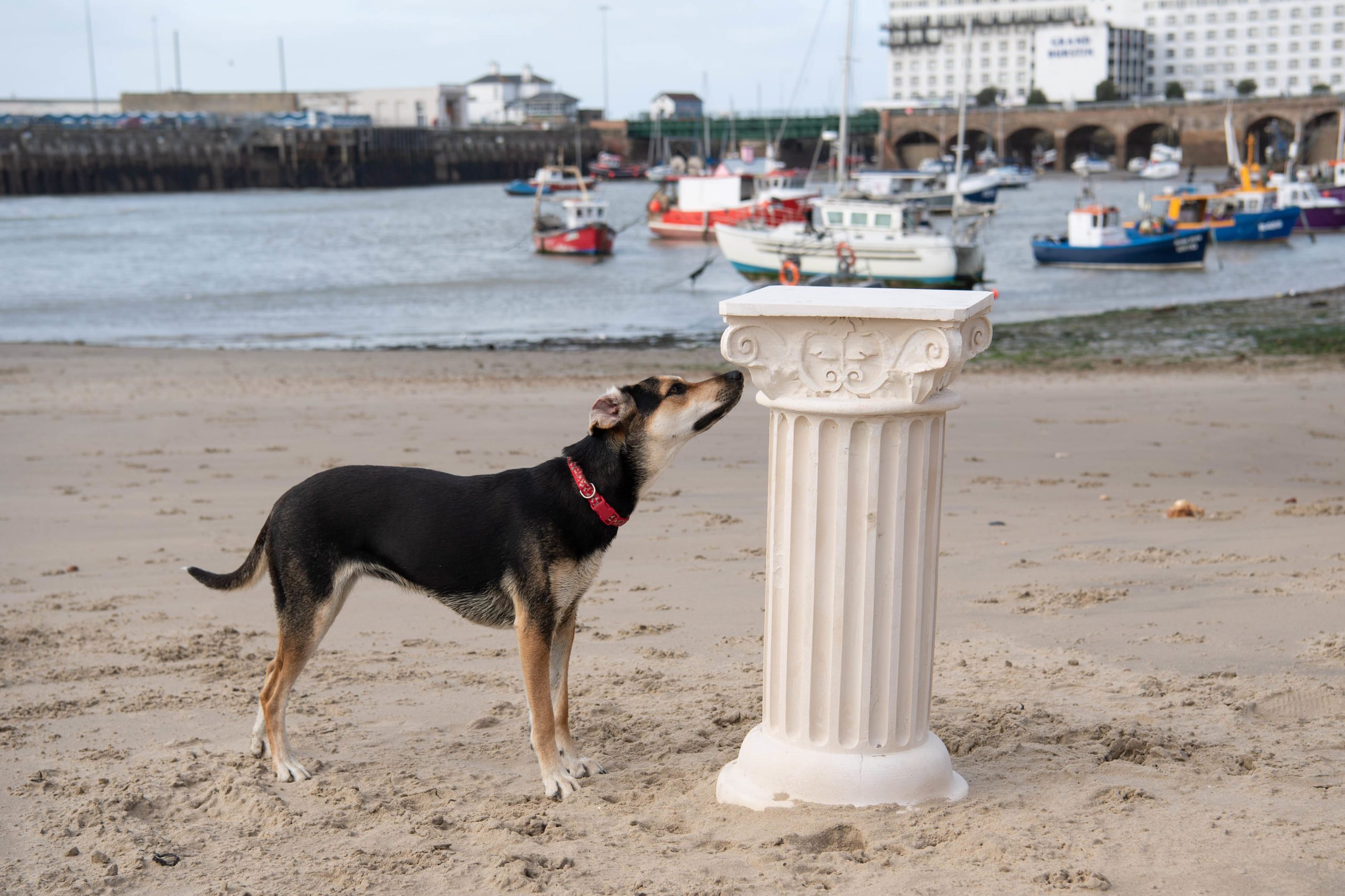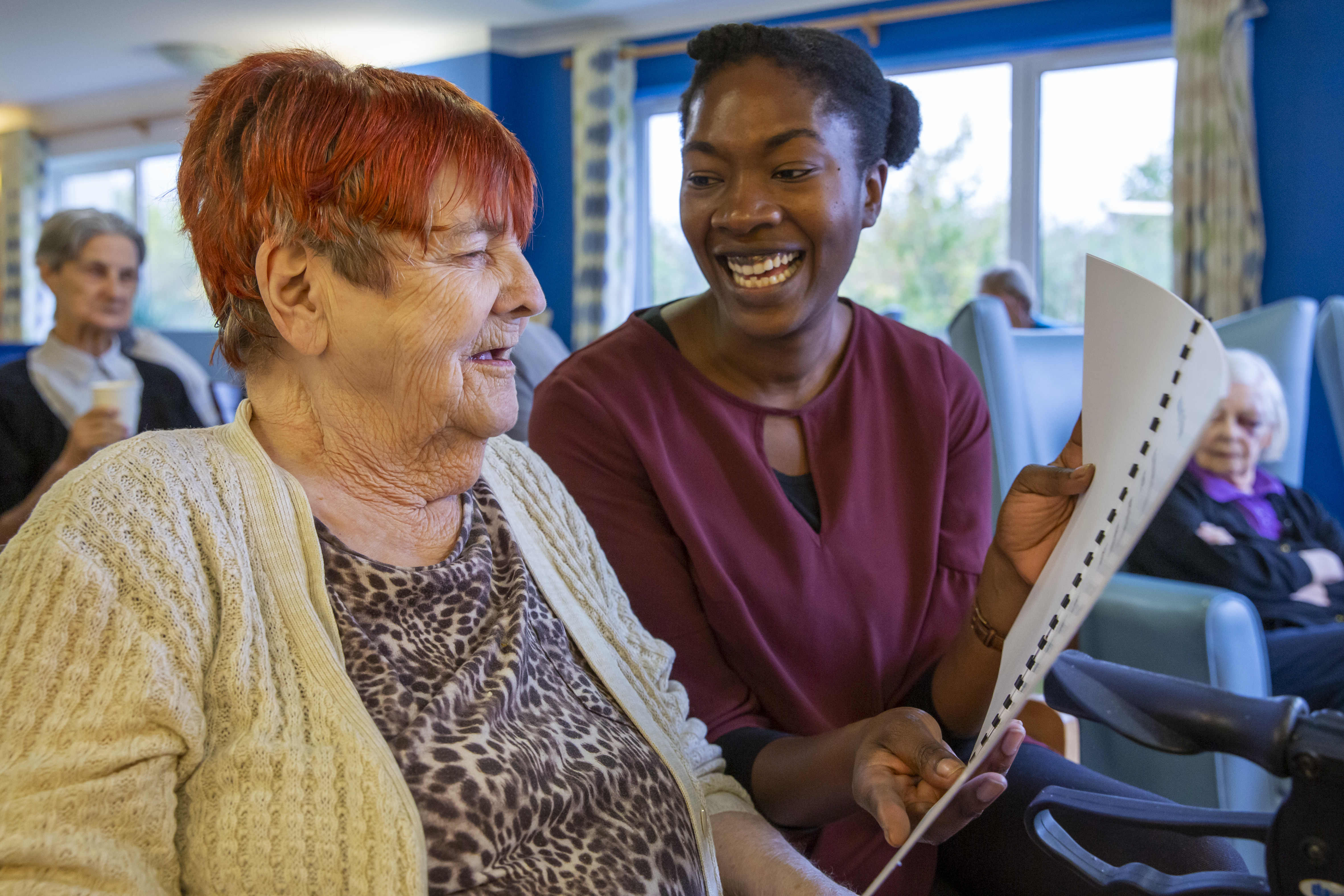Arts & Culture
Folkestone Triennial 2021 – The Plot by Lewis Biggs
Folkestone Triennial is Creative Folkestone’s flagship event. The artworks are now adorning the town and residents and visitors are encouraged to explore. The theme is The Plot and there are three main strands to this theme. Artists have been invited by curator Lewis Biggs from across the world to exhibit in the town. Lewis has curated the last 2 Folkestone Triennials, and is returning for his third, and the town’s fifth festival. 23 newly commissioned artworks have been added to the collection from previous Triennials. Folkelife met up with Lewis to talk about the Folkestone Triennial.
Lewis Biggs, Curator
“There are some things about Folkestone that don’t change. I find comfort in the geography of the North Downs and the coast-line. Being from Kent, I feel at home here. We’re building a collection of contemporary art with the Folkestone Triennials. Creative Folkestone’s contribution to the regeneration of the town is summed up in their motto to ‘make Folkestone a better place to live, work and play.’
“I am a great believer that if you make somewhere a nice place to live, it’s also going to be attractive for visitors. But, making a place attractive for visitors, doesn’t necessarily make it a nice place to live. When I started to visit Folkestone more regularly, from 2012 onwards, I was conscious of the difference between west and east Folkestone. There’s an effort to make some places look good, and others do suffer. But you can bring attention to those out of the way places by putting a piece of artwork there.”
art-led place-making
Lewis Biggs is the Chairman of the Institute for Public Art. He has spent the last 20 years working on the role art has to play in urban settings. The model for the Folkestone Triennial came from the Skulptur Projekte in Muster, Germany. Since the Folkestone Triennial started in 2008, Japan has also held place-making exhibitions in two areas of the country. All of these projects work because of the participation of the local population. Tourists and visitors can enjoy the festival, but locals help create the collection.
“The communication of the artwork happens when people understand the place in which it is set. Here in Folkestone, over 3 Triennials, the themes have encouraged people to visit different areas of the town. We had Look Out in 2014, which was about what you could see from particular places. Double Edge in 2017 explored being on the edge of England, the Pent Valley as an edge, and all the many different edges we have in the town.
“In 2021, we will be taking three different narratives, 3 walks around the town. There’s the Milky Way – the name of Foord Road and Post-industrial Folkestone. St Eanswythe’s Way uses her legends help define Miraculous Folkestone and William Harvey’s Way defines the Ebb and Flow in Folkestone. These three walks are important to me and help bridge the gap between narrative and substance.”
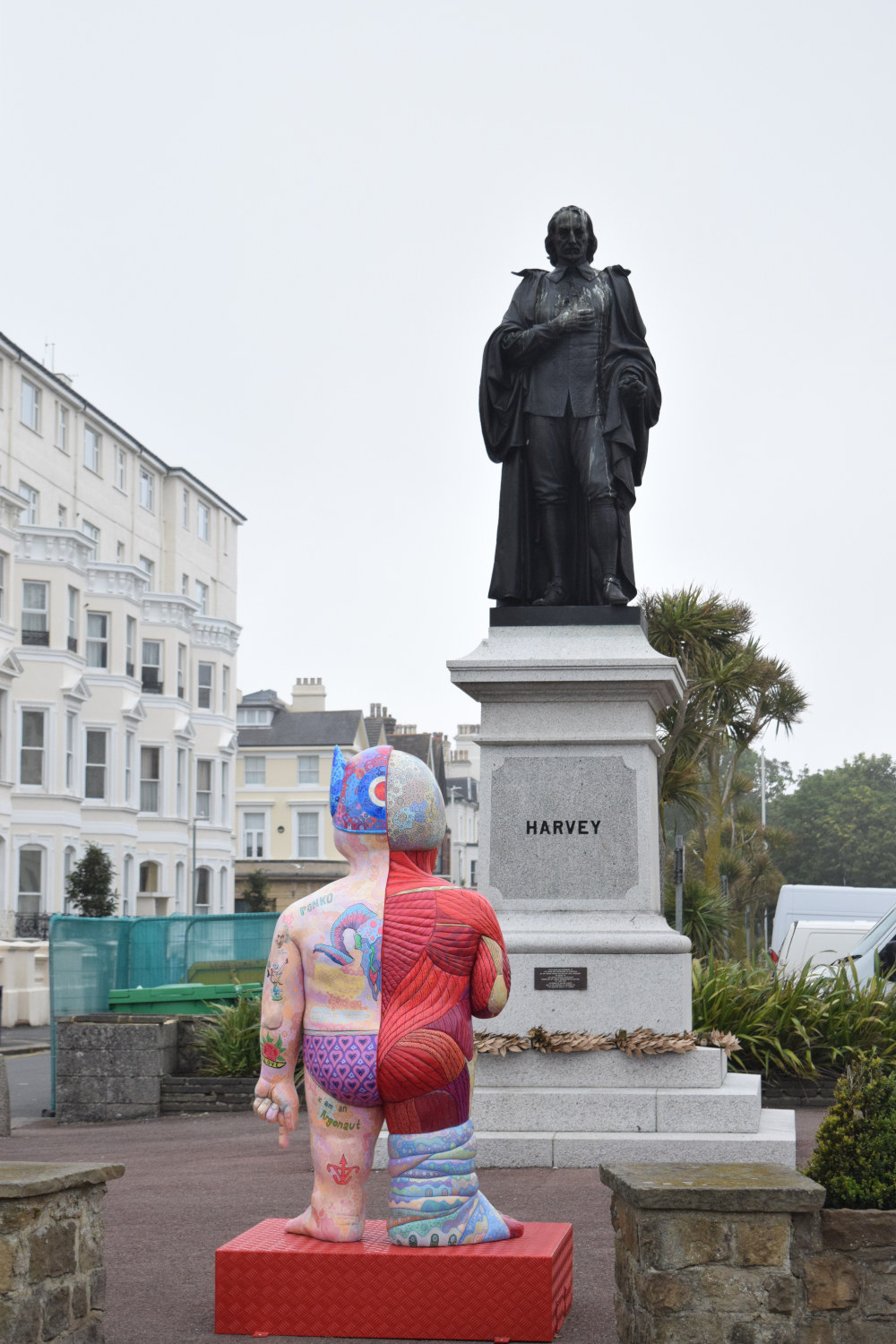
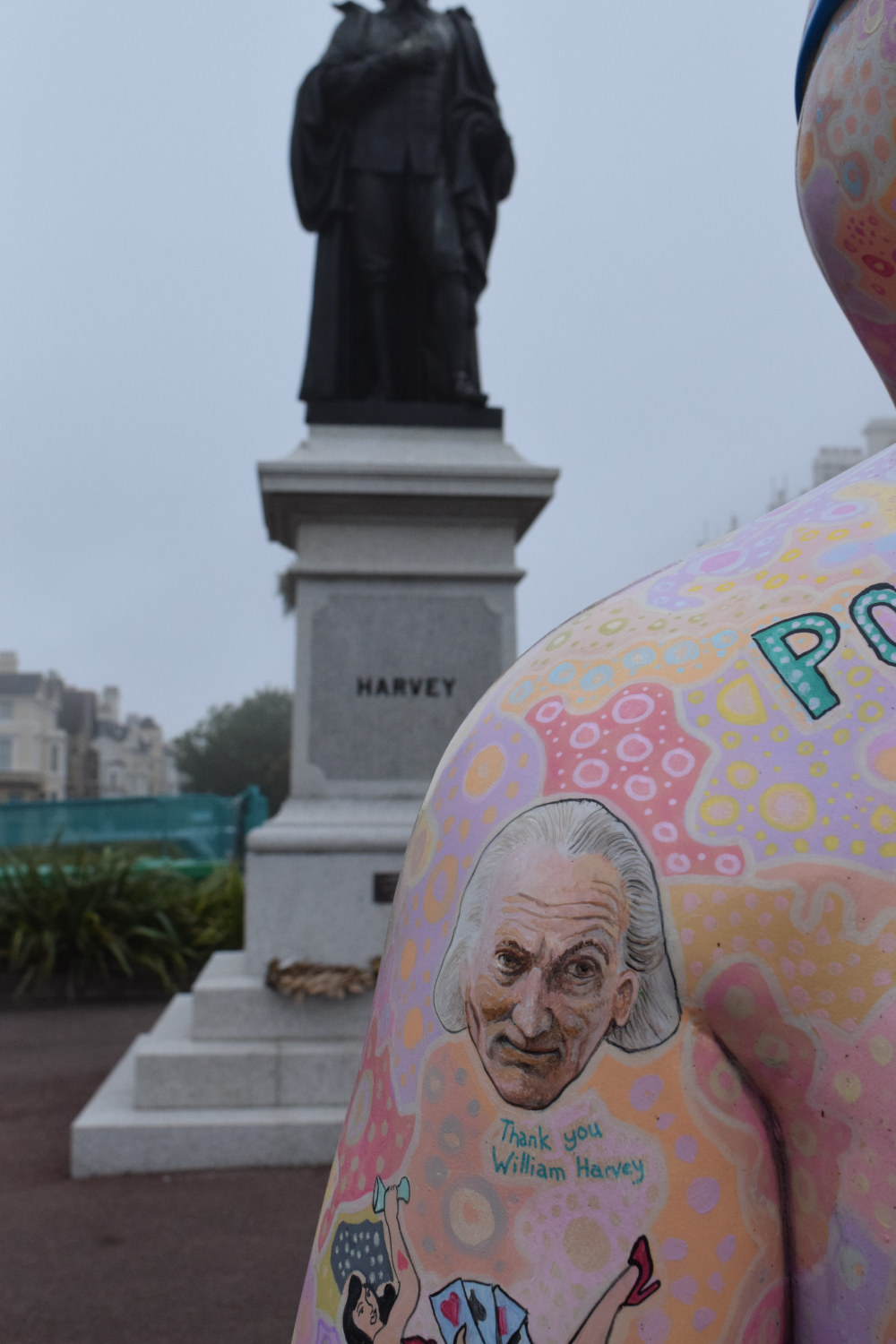
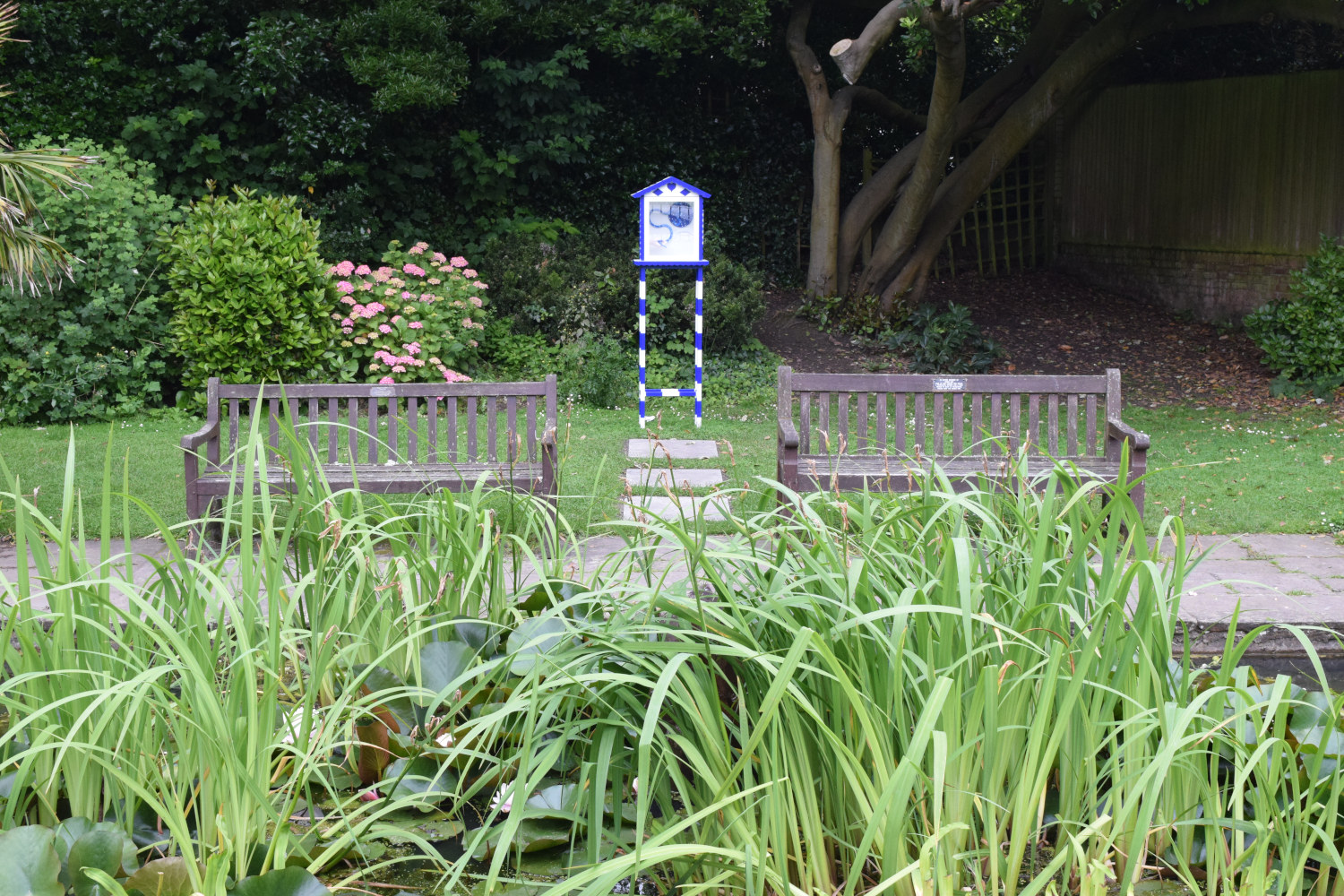

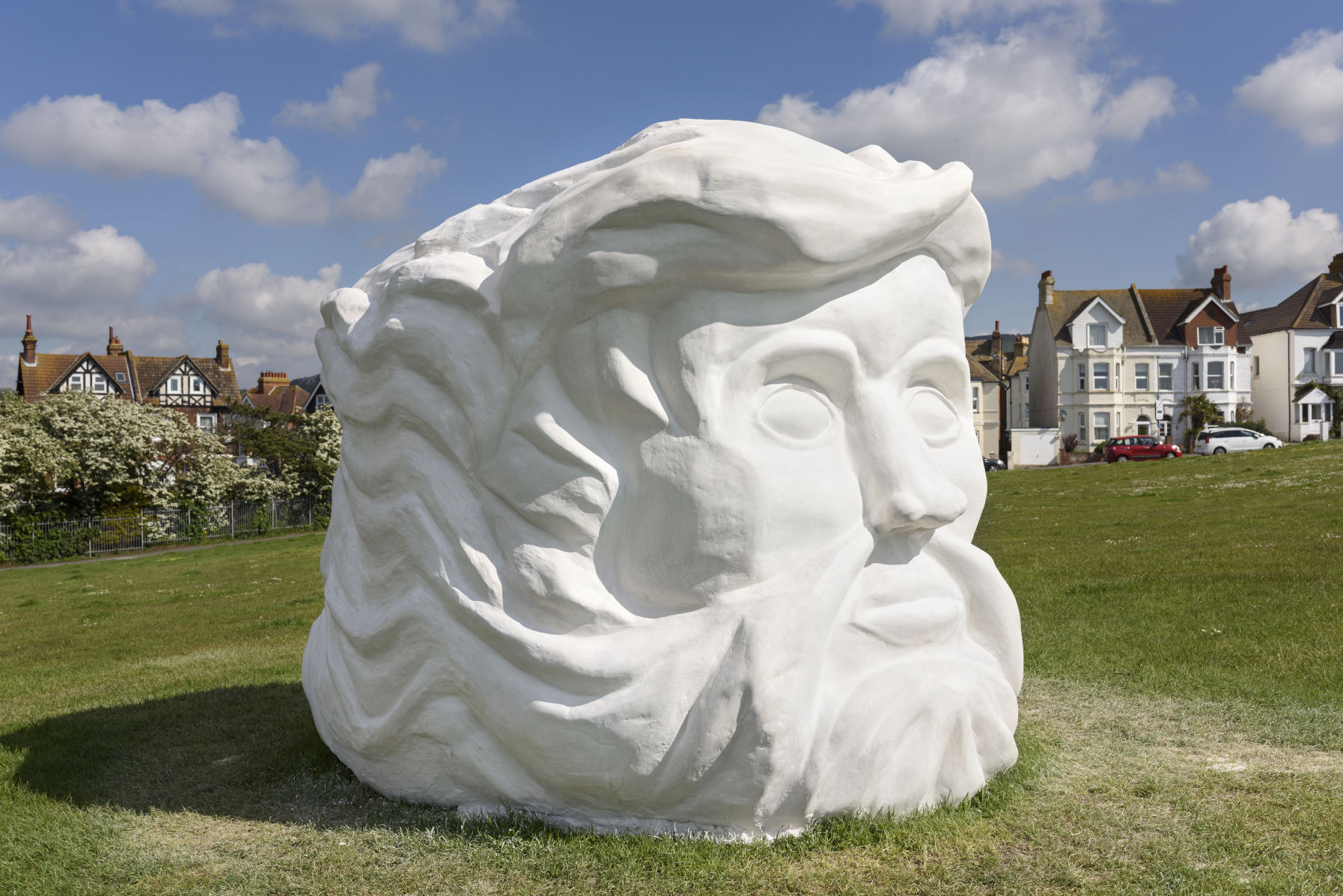
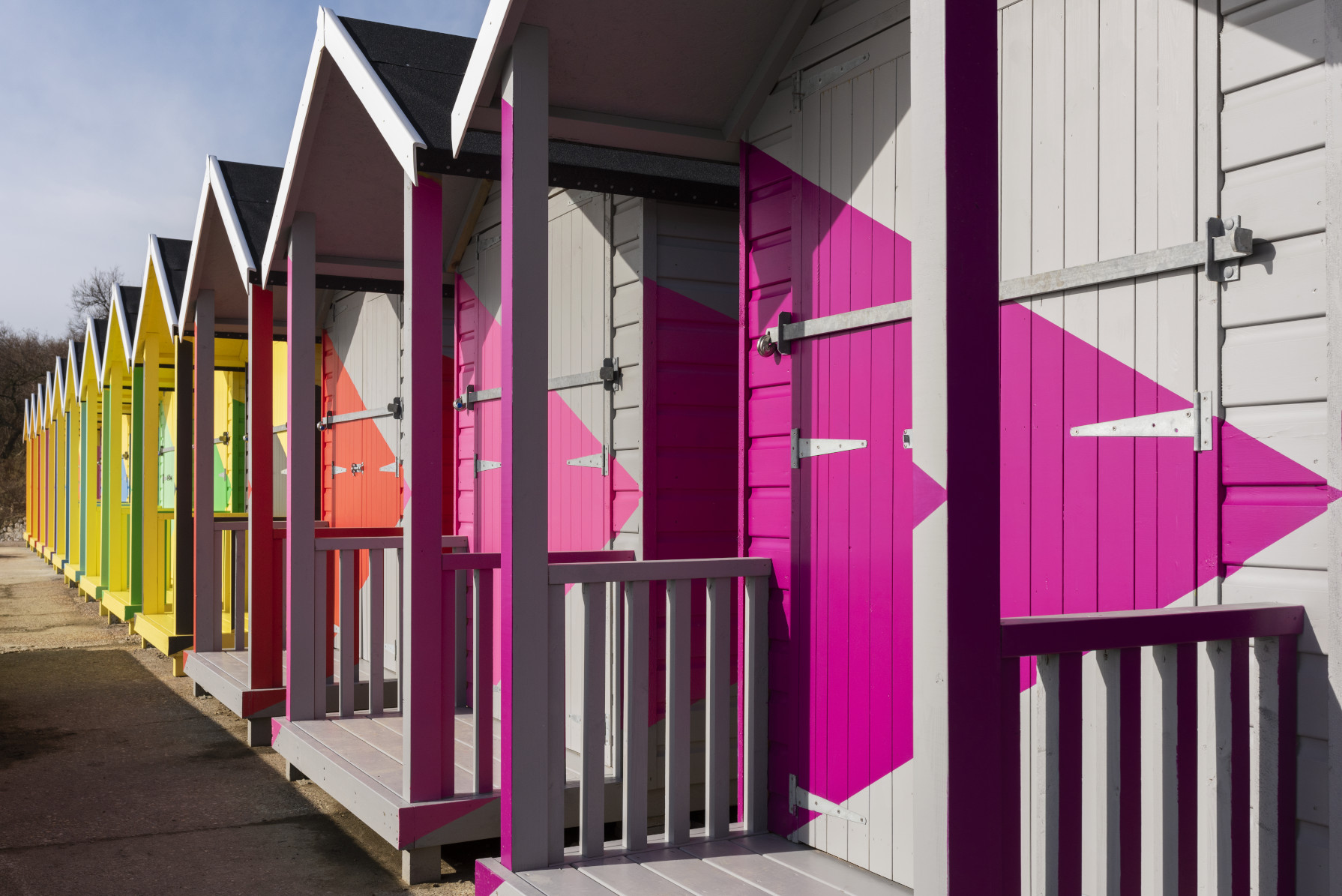
The Artists
There are 23 artists contributing to the 2021 Triennial: Gilbert and George’s artworks will celebrate contemporary life around the town. Jacqueline Donachie has an ambitious project of a sculpture and film depicting the dance floors of Folkestone, referencing the old Folkestone Social Club. Not all exhibits will be stationery, as Mike Stubbs’s art-based transport will ferry people to the F51 Urban Skatepark. The art is also there to provoke discussion. One piece called Fortune Here, placed at the old Rotunda site, by artist Rachel Stella Jenkins’ studio genuinefake, aims to amuse and engage people in considering how fake news, our rights, responsibilities and sense of empowerment could be displaced by a consumerist culture of gambling – luck or fortune?
“I remember the euphoria when people thought they no longer needed to rely on broadcast media because they could do their own through social media. That euphoria now has had the edge taken off it by trolling and other mis-management of the media. But we’ve discovered, it’s difficult to draw the line between good myth-making and bad myth-making. Now art shouldn’t really become involved in morality, but it should help demonstrate power of the process.”
The value to Folkestone
Each Triennial costs £2.1 million to put on. Research into the 2017 Triennial showed that it brought £7 million to the town in terms of visitors and residents using local business. This independent research also highlighted that the Triennial contributed over £44 million to the Folkestone economy.
“The works we have here in Folkestone are unique and wonderful. They have been created for Folkestone, and about Folkestone. They are so culturally important because they can’t be exhibited anywhere else. And there’s no doubt about the value they have brought to the town.
“It’s been my mission over the last 20 years to show that place-making is so vitally important to a location. Yet, it was only 6 years ago that any major art institution recognised the phrase ‘place-making’. At least we now know what we’re talking about, and this evidence from Folkestone shows the potential place-making can have on a town.”
art that defines folkestone
Lewis Biggs is often asked what he thinks the defining piece of each Triennial will be. It’s difficult to predict this before the festivals happen. Lewis refers to exhibits from 2008, the first Triennial, to highlight how a simple idea can encapsulate the town.
“I think Tracey Emin’s work ‘Baby Things’ is probably the best work she’s done. Because she’s from Margate, she understood where Folkestone was at the time. She had an instinctive understanding of what would work here. Likewise, Mark Wallinger’s ‘Folk Stones’ was inspired. He took the language of the cobbles around the War Memorial at the top of the Road of Remembrance, and translated them to signify the numbers of soldiers lost on the first day of the Battle of the Somme. He got to the heart of something, just using the same vocabulary, it’s a phenomenal piece of art.”
Folkestone’s creative support
Creative Folkestone is supported by The Roger De Haan Charitable Trust, Arts Council England, Kent County Council and Folkestone and Hythe District Council.
Picture credit: Creative Folkestone
